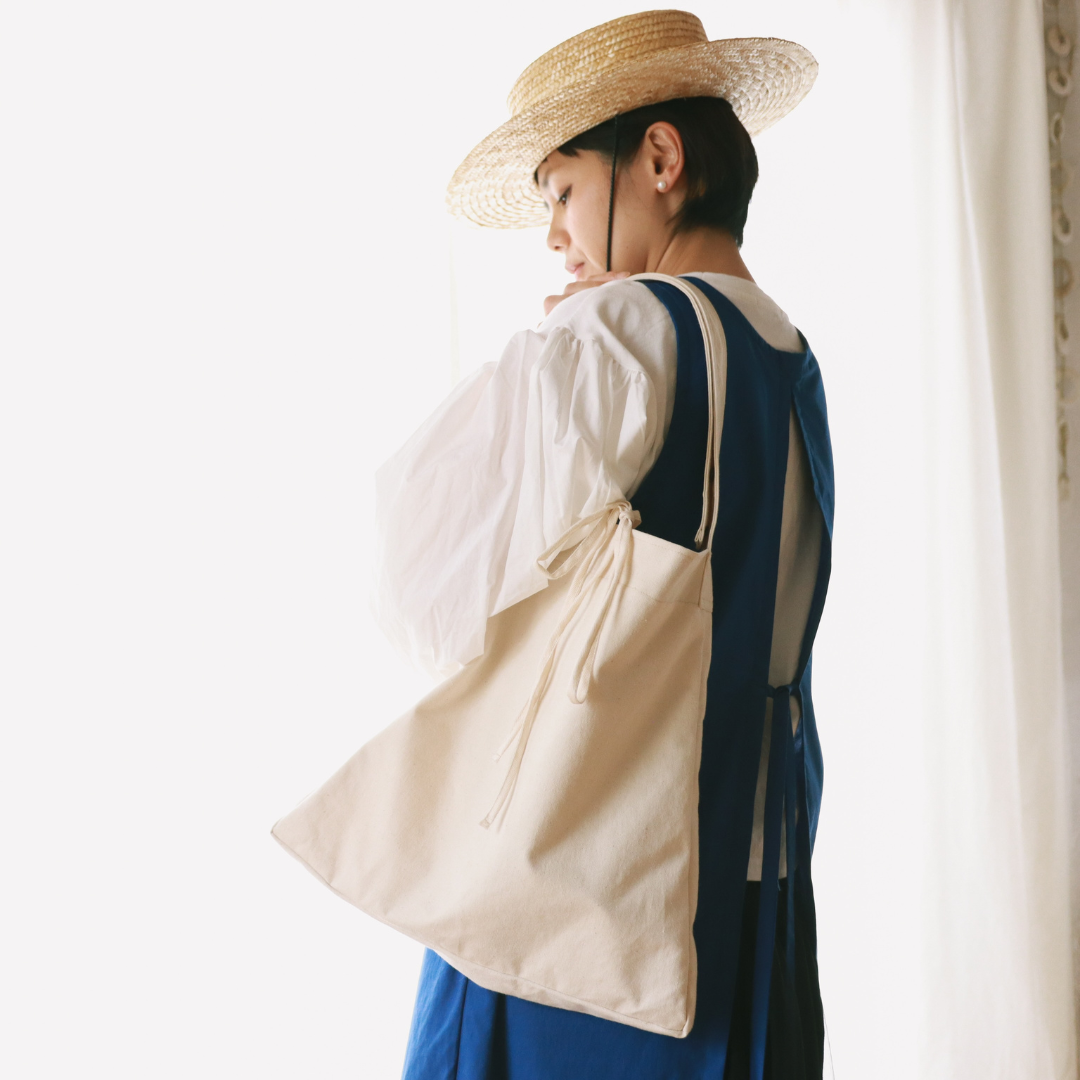A sustainable lifestyle is an act of caring for all resources that are available to us and using them in a way that doesn’t harm them. It is also about living a purposeful life in consideration of the impact our actions and choices have on the world around us.
“Fashion is the second most polluting industry in the world after oil.” This startling statistic brings into stark relief the consequences of our increasingly wasteful fashion habits. Not only does the fashion industry produce 70 percent of the world’s textile waste, but it is also responsible for the deaths of up to 2,000,000 people yearly. And as global warming takes its toll on our natural environment, it’s estimated that, by 2050, the fashion industry could be responsible for half of the global loss of natural resources.
Fashion industry waste is growing rapidly. The Fashion Revolution reports that 40 billion pieces of clothing are discarded every year. And that’s just the visible waste. A 2017 study by the Ellen MacArthur Foundation estimated that only one percent of fashion is reused. Sustainable fashion refers to the clothes we buy, wear, and throw away. We all make clothing choices, but how often do we think about the impact of those choices? From where was the fabric sourced? Did that fabric come from a sustainable source? How long did that fabric take to create physically? What happens when we throw it away?
In the age where businesses may have to follow certain criteria to clear environmental compliance assessment, the fashion industry can also include a few of those measures into the business. If required, they can confer with environmental consulting firms to get insight on how to achieve sustainability.
Have you ever thought about what it would take to change the fashion industry?
The Sustainable Move Through Fashion (SMTF) is a movement that is dedicated to educating people all over the world on sustainable fashion. It was founded by fashion industry experts that serves as a catalyst for change within the fashion industry. The mission of this movement is to promote sustainable fashion and disseminate information that will be helpful in the area of sustainable fashion. Basically, the movement works to reduce the environmental impact of fashion while increasing social impact. Now, SMTF is far from limited to any one country, as the movement has reached almost every nook and cranny of the world.
In recent times, designer brands, retailers, manufacturers, and industry experts have all united in a collaborative effort to enhance current fashion practices and pioneer new sustainable fashion initiatives. This was partly due to the CSR initiative of the apparel and fashion industry. Now, these experts are continuously exploring innovative approaches. In that regard, one approach that may have been taken by them would’ve been to engage with professionals in the fashion business consulting field.
These experts can suggest practices like adopting digital fashion solutions, for instance. The usage of digital tools like virtual fitting rooms and 3D design can reduce the need for physical samples, lowering material waste and the carbon footprint of production. Also, platforms like Hautech.AI, which can provide tools to generate on-model images from flat product photos, can further reduce the need for physical samples, photoshoots, and travel, significantly cutting down on textile waste, energy consumption, and overall production emissions. By integrating such innovations, brands are able to streamline content creation while embedding sustainability directly into their creative workflows.
Additionally, the STMF project aims to reduce the fashion industry’s carbon footprint to zero by 2050 and reduce the carbon footprint per consumer by 75%. Proponents of this movement would like to see it spread into other areas of the fashion industry as well, like the makeup and cosmetics industry, for example. Now, while the apparel industry can reduce its carbon footprint by using recycled fabrics, so can the cosmetic industry by using sustainable packaging, and refillable and biodegradable containers (like those provided by Impacked Packaging, a packaging marketplace).
Furthermore, fashion brands, retailers, and manufacturers also emphasize the importance of ensuring fair labor practices, good working conditions, and adherence to global regulations, such as the Uyghur Forced Labor Prevention Act. For the fashion industry to truly embrace sustainability, it must also prioritize ethical practices across its entire supply chain, and not just the environmental component.
And, to make sure these practices are effectively integrated, retailers and manufacturers often rely on third-party companies or platforms like waveplm.com to uphold the same standards. By working together, fashion businesses create a more unified approach to sustainability and ethical practices, fostering positive change across the entire industry. Because, through collaboration and adherence to these principles, the industry can become more responsible, both in terms of its environmental impact and its treatment of workers.
The sustainable fashion movement is gaining momentum, and the exciting part is that being eco-friendly doesn’t have to be expensive. Simple actions like carrying a reusable cup or bringing your own lunch can contribute to sustainability efforts.
The fashion industry is at the forefront of this movement, with designers incorporating recycled fabrics, biodegradable materials, and environmentally-friendly production processes. A notable example is The Sustainable Move, a clothing brand that sources materials directly from fabric mills and manufacturers, allowing them to produce their own sustainable products. The brand further supports these factories by monitoring their supply chain and providing ethical labor.
Fortunately, sustainable fashion choices are becoming increasingly accessible, with apparel companies offering eco-friendly materials, recycled fabrics, and wallet-friendly products. Embracing sustainability no longer means compromising on style, as fashionable and environmentally-conscious options continue to emerge.




